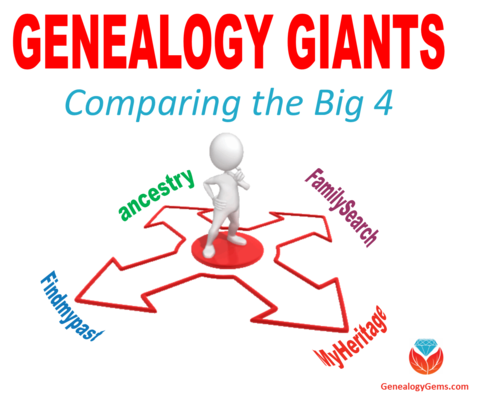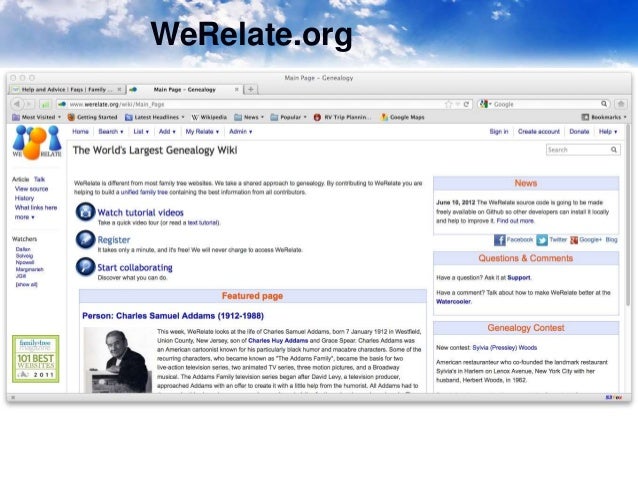

This could be information about historic churches or cemeteries in the area or an overview of where original records are located. For example, the Indiana Genealogical Society has a ton of records that are available to non-members.Įven the societies that don’t have records on their websites often have research guides. However, many genealogy society websites have resources available even to people who aren’t members. (Though I encourage everyone to join the genealogical societies that are relevant to their research, it usually isn’t possible to join all of them, especially if when you have ancestors who moved around a lot!) However, we often don’t think about looking at their websites because we aren’t members. They have that local and regional expertise they know where the records are. I am a huge proponent of genealogy societies. Two absolutely outstanding repositories are the Library of Virginia and the Wisconsin Historical Society. Their digital offerings could be anything from vital records, veterans home registers, state penitentiary records, photographs, etc. Explore what it is for the states where your ancestors lived. Different states have different arrangements for these functions for example, in some states, the state historical society functions as the state archives. (Yes, I realize this is more than one website.) All three of these types of places are digitizing more and more of their holdings and making them available. State Archives, Libraries, and Historical Societies There is a setting where you can search across the contents of IA’s holdings, but the default is to search only the metadata. Think about subjects, such as locations, organizations, churches, etc. If you do a search from the IA main page, the default is to search the “metadata”-essentially, searching like a catalog. I’ve found yearbooks, city directories, family histories, county histories and all sorts of annual reports for institutions and government agencies. Like DPLA, if it can be digitized, it might be found on Internet Archive.

#WHAT IS THE BEST GENEALOGY SITE TO USE ARCHIVE#
You might know Internet Archive as being the home of the Wayback Machine, where you can find older versions of websites (great for when you have a URL, but the site is gone!) But Internet Archive also has an incredible amount of digitized materials. (The front page has changed a bit and there are a LOT more records since I did this video, but the basics of using the site remain the same.) (Of course, you’ll want to search for your ancestors’ names in DPLA, but the real treasures are found when you search for things like locations, names of churches, fraternal organizations, etc.) If you’re thinking about looking for a yearbook, you’d want to search for the name of the yearbook or the name of the school, not the name of the ancestor who is mentioned inside the yearbook.

When you’re searching in DPLA, you really need to think about it like a catalog, because DPLA is going to be searching for those digitized items by their subject matter. (Think of the family Bible that ended up in another branch of the family that wound up in an archive on the other side of the country.) Using DPLA can help you find things in libraries and archives where you would never have thought to look. This includes photographs, original records, yearbooks, family Bibles, oral interviews, maps, and so much more. Basically, if it can be digitized, it could end up being accessed through DPLA. As of June 2020, DPLA has links to more than 37 million images, text files, audio files, and video files. It’s essentially a portal to discovering their digital holdings. The Digital Public Library of America (DPLA) is an organization comprised of thousands of libraries, archives, and museums across the United States.
#WHAT IS THE BEST GENEALOGY SITE TO USE FREE#
Here are some free genealogy websites to add to the mix: 1. Discovering new records means that we can’t keep looking only in the same place all the time. Discovering new records is one part of the genealogy research process (which I refer to as the WANDER Method).


 0 kommentar(er)
0 kommentar(er)
